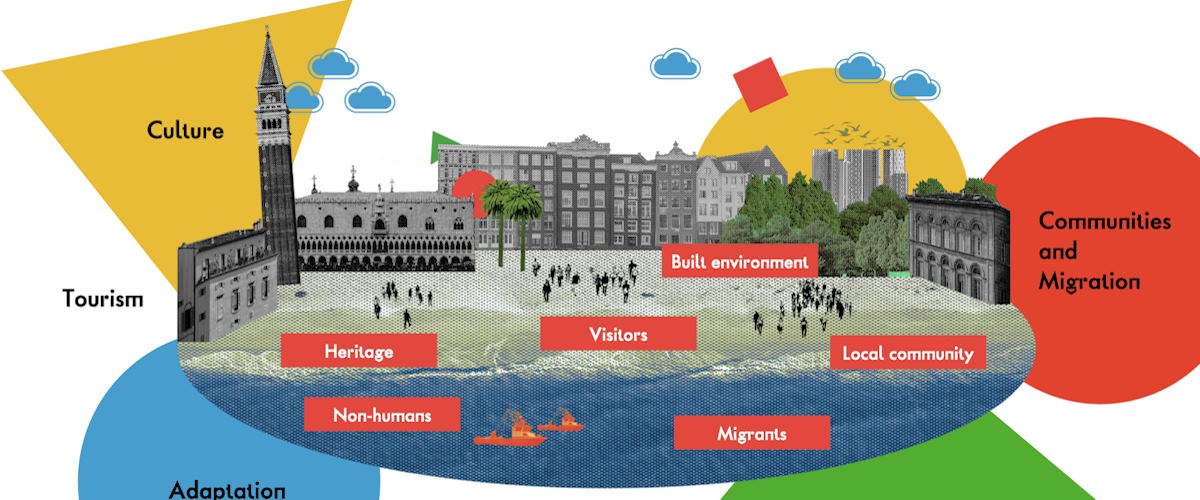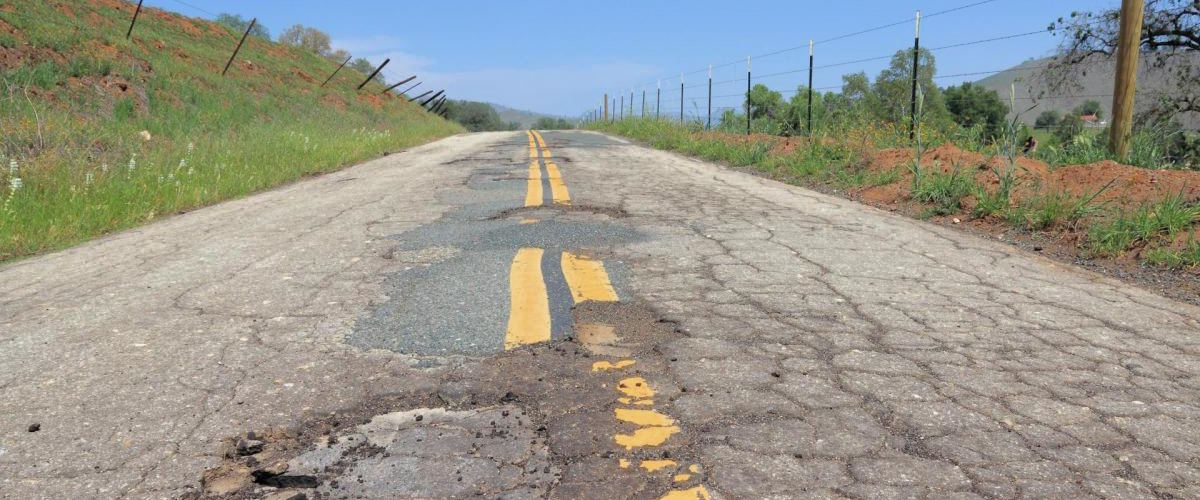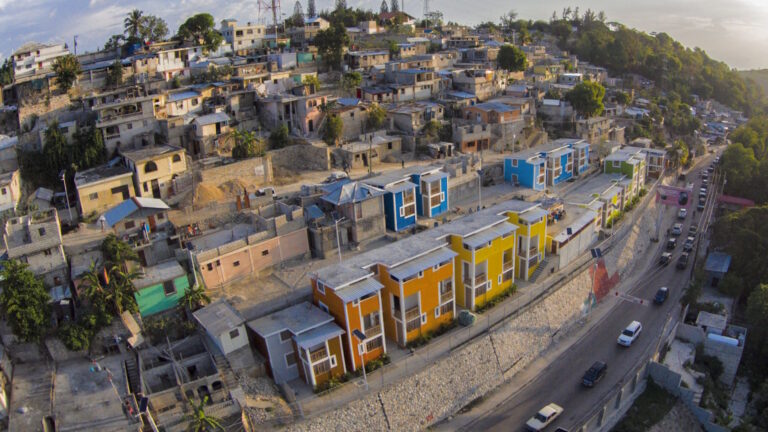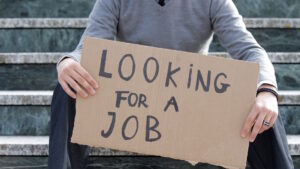Infrastructure refers to the fundamental tools and constructions, such as roads and bridges, required for a nation, area, or organization to run smoothly. Infrastructure improves the quality of life and increases productivity, which are factors in economic development. The buildings, facilities, and processes that help a nation run are referred to as its infrastructure, as well as public safety concerns from outdated infrastructure. Infrastructures are essential to urban life and offer the resources needed for political stability, economic growth, and human survival. Thus, infrastructure has a massive impact on people’s everyday lives, financial health, and society’s-growth.

What causes poor infrastructure?
Several problems, such as inadequate funding, insufficient allocation of resources for development, inefficiency of workers for development, and inadequate repair and maintenance, all contribute to inadequate infrastructure.
Examples of poor school infrastructure include crumbling classrooms, pit latrines, and other issues. These infrastructural issues in schools negatively impact academic achievement, but they also violate students’ and teachers’ rights to safety and health and the right to an education. Low teacher retention rates and high student dropout rates are other indicators of inadequate school infrastructure.

Effects of Poor Infrastructure
Transportation and infrastructure issues may make inequality worse. They have the potential to restrict access to economic possibilities, and social inequality driven by infrastructure gaps, especially for those who reside in rural or isolated places. People may find it more difficult to obtain employment, education, and other services, for instance, if there is inadequate or no public transportation. It may result in more poverty and inequality and inhibit economic development even more.
It may result in environmental damage as it may have long-term financial consequences. In addition, air pollution from traffic jams can hurt public health by raising healthcare expenses and decreasing productivity.
Due to the difficulty in moving people, products, and services effectively, inadequate infrastructure and transportation networks can impede economic progress and access to essential services in neglected areas. It might hinder growth and employment by increasing corporate expenses, reducing trade, and deterring investment. In addition to causing environmental harm and exacerbating inequality, it can exacerbate economic difficulties.




